
Polarized Training Pathway
In collaboration with Dr. Stephen Seiler, the “father of polarized training,” we have curated everything you need to know about the 80/20 training method.

Cycling training is a science and an art. How endurance athletes train, when they train, and the intensity and duration of that training all affect the gains and adaptations they see.
Proper interval execution is essential to see the expected progress. How you analyze and interpret all that data is equally valuable. Of course, training needs to be planned so it fits into any given season, race schedule, and lifestyle. Off the bike, the importance of strength and conditioning is often neglected.
This is training. This process is what athletes live for.

In collaboration with Dr. Stephen Seiler, the “father of polarized training,” we have curated everything you need to know about the 80/20 training method.
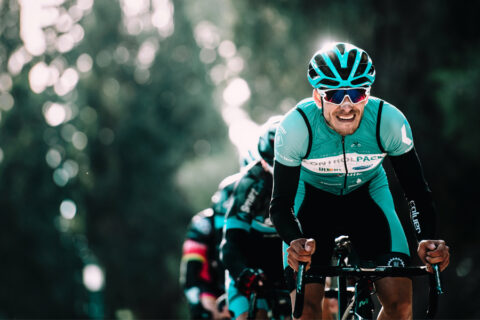
Interval workouts are a fundamental part of any endurance training program. Learn exactly what intervals are, why they are so important, and how to properly execute interval workouts with the help of Sebastian Weber, Neal Henderson, and Dr. Stephen Seiler.
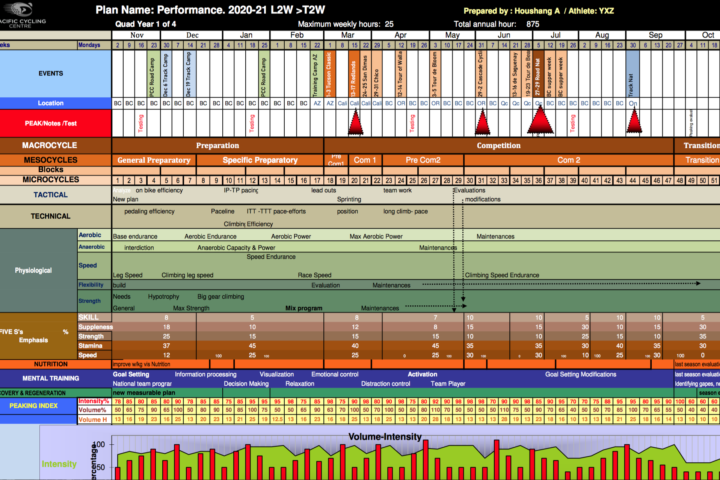
We review the art and science of developing and maintaining an annual training plan, which helps athletes progress and perform at their best.

It’s hard to find time to fit in the long, slow miles that traditionally comprise the base season. Coach Trevor Connor offers suggestions for improving life-training balance, understanding quality versus quantity, and more.
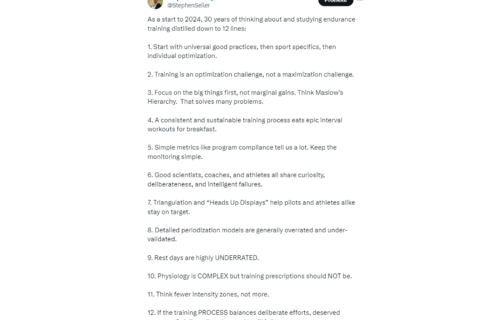
After 30 years of studying exercise endurance training, Dr. Seiler distills it all into 12 fundamental practices.
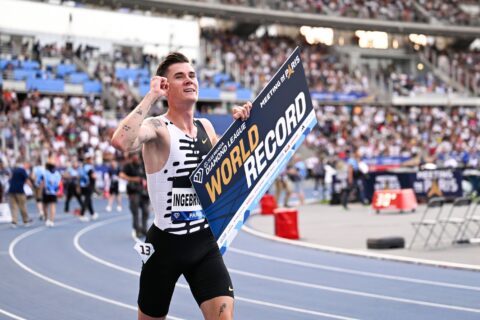
Lately, the Norwegian method for endurance training has the world abuzz. In reality, its core tenets have been around for decades.

Dr. Stephen Seiler interviews two-time Olympic speedskating champion Nils van der Poel and his coach, Johan Röjler.
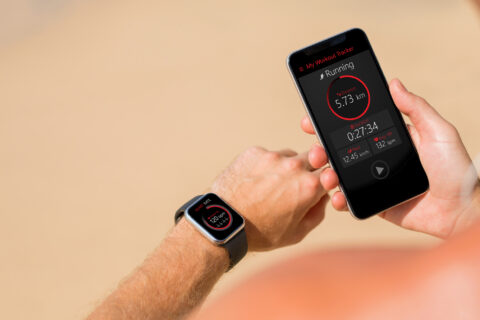
While many athletes and coaches rely on TrainingPeaks to analyze and archive their training data, there are several other notable programs worth considering.

Athletes who want to train and compete in multiple sports require a different approach to training, and to have their expectations managed.
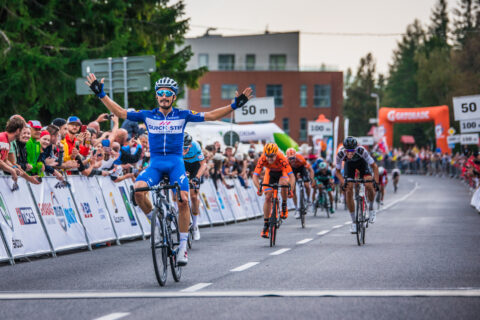
Dr. Seiler surveys the history of sports training and Esports. Learn more about how modern sport has evolved into what it is today.
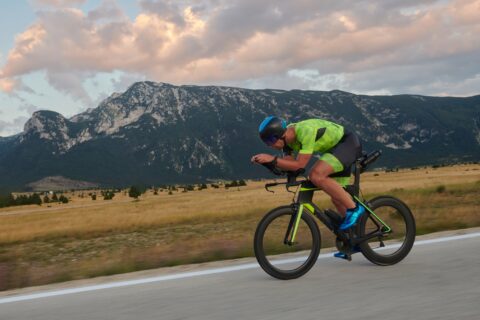
See how to match the right high-intensity interval strategy to you and your event to achieve your best possible performance.

You might never sprint during an Ironman or ultra-running race, but that doesn’t mean you can’t benefit from some HIT.

Dr. Stephen Seiler answers a variety of endurance sport questions on The Physical Performance Show.

An athlete’s rate of perceived exertion, or RPE, is one of the most underappreciated metrics. For ultra-athletes who are closely in touch with their bodies and minds, working with RPE is an essential component to training and racing.

Dr. Stacy Sims gives her advice on how to coach women through all stages of menopause.

Being a mom and an athlete can require world-class juggling and coping skills. As a coach, how can you best support and empower these athletes? We find out from Coach Alison Freeman (who’s also a Mom-Athlete).

Run your target marathon pace by developing basic speed before anything else.
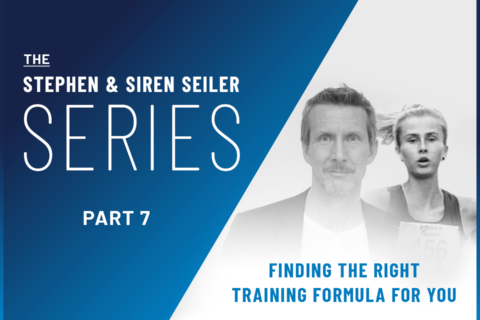
Learning what works best for your training and adaptation can be a process of trial and error, as the Seilers discuss in this latest video.
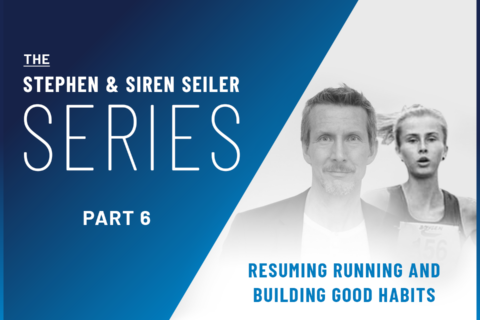
Siren Seiler talks about getting back into running and the importance of building good habits around training and recovery.
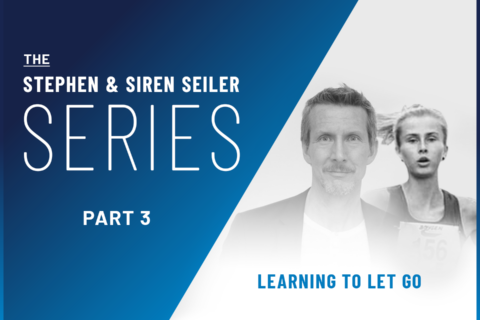
In the third part of our eight-part video series, Siren Seiler talks about learning to let go of expectations and start over after being sidelined with another injury.

You know your workout is supposed to be easy, but you just can’t help dropping the hammer sometimes. A leading neuroscientist lifts the lid on what’s going on in your brain when this happens—and what you can do about it.

So you want to give the polarized training approach a go? Here’s how to map out your week using the 80/20 training model.